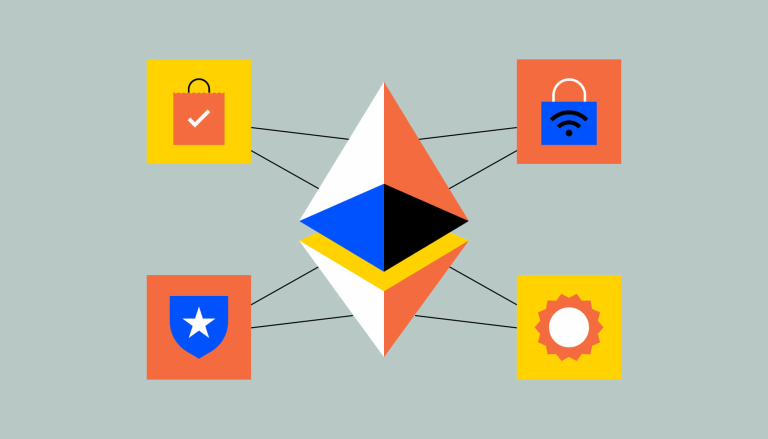What is an asset swap?

An asset swap is a financial transaction where one type of asset is exchanged for another.
It is used to manage risk, optimize portfolios, and change the transaction output characteristics of underlying assets.
Asset swaps are typically customized to meet the specific needs and objectives of each party involved.
What is an Asset Swap?
An asset swap is a financial transaction in which one type of asset is exchanged for another. This exchange is typically done with the aim of altering the risk or output profile of a portfolio. It involves the exchange of transaction outputs or underlying assets, such as bonds, currencies, or commodities, between two parties. The terms of the transaction are usually customized to meet the specific needs and objectives of each party.
How Does an Asset Swap Work?
Asset swaps involve the exchange of the transaction outputs or underlying assets of two financial instruments. For instance, a participant might transfer ownership of a bond to a swap counterparty in exchange for another financial instrument, such as a floating-rate bond. The terms of the exchange, including the size of the swap and the duration of the swap, are agreed upon in advance. The swap counterparty then begins to receive the transaction outputs from the original asset and transfers the agreed-upon price from the new asset to the participant. These transaction outputs may be based on interest rates, commodity prices, or other underlying assets. The asset swap concludes when the agreed-upon time period has elapsed or when one of the parties decides to end the swap. At that point, the original assets are returned to their respective owners.
Why Use an Asset Swap?
Asset swaps provide a wide range of benefits to participants. They allow participants to change the risk profile of their portfolios by exchanging one type of asset for another. For example, a participant may exchange a fixed-rate bond for a floating-rate bond to manage interest rate risk. Asset swaps can also be used to modify the output profile by exchanging lower-yielding assets for higher-yielding assets, allowing participants to modify the overall output on their portfolios without taking on additional risk. Asset swaps can be used to manage credit risk by exchanging the transaction outputs from a non-performing loan for the transaction outputs from a performing loan. This type of transaction can help to improve the output for both parties.
Types of Asset Swaps
There are several variations on the asset swap structure. The most widely traded is the par asset swap, where the asset swap buyer purchases a bond from the asset swap seller in return for a full price of par. The asset swap buyer then enters into a swap to transfer fixed transaction outputs to the asset swap seller equal to the fixed rate transaction outputs received from the bond. In return, the asset swap buyer receives variable rate payments of LIBOR plus (or minus) an agreed-upon fixed spread. Other types include the market asset swap and the cross-currency asset swap.
Asset Swaps in the Cryptocurrency Space
In the world of cryptocurrencies, swapping refers to exchanging one crypto asset for another, like swapping Bitcoin for Ethereum. This can be done for a variety of reasons, including achieving a favorable transaction outcome, diversifying a portfolio, or trying out new cryptocurrencies. Crypto swaps are usually done using platforms or service providers, and the process is similar to traditional asset swaps. However, it's important to note that trading cryptocurrencies carries risk, and it's important to understand the process and be aware of the potential outcomes.


